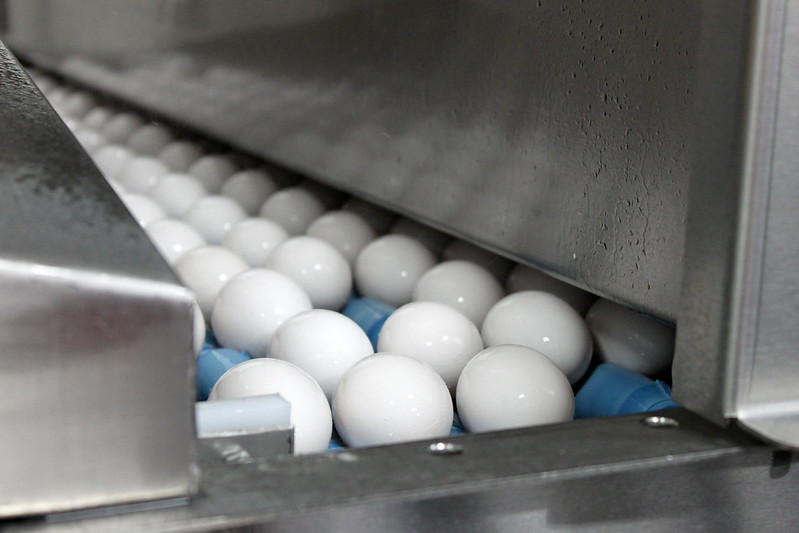
Courtesy of Andrea Gantz
Is there a genetic solution for preventing male chicks?
Technology that prevents the development of male chicks in the layer industry could potentially save producers billions of dollars annually.
During the 2021 Poultry Tech Summit Webinar Series that began on November 2, Dr. Yuval Cinnamon, Ph.D., principal investigator, Agricultural Research Organization, The Volcani Center- NRS Poultry Sustainability and Transformation, presented a genetic solution to egg producers that manipulates the chicken genome.
The problem
“Within the layer industry, only the hens are required. The males, which do not lay eggs, are actually unwanted by the meat and egg industries,” explained Cinnamon.
“With seven billion males culled every year, and each male being worth approximately one dollar, that’s a seven-billion-dollar loss annually to the layer industry. This problem is expected to grow with the increasing demand of eggs.”
“There is a sustainability issue because of the energy used to heating the incubators for the male eggs, that are ultimately culled,” he continued. “In terms of numbers, this is one of the most devastating animal welfare issues worldwide.”
Previous attempts to address this issue include biasing the male to female proportion of layers, sorting strategies to differentiate males and females and the development of dual-purpose breeds (sending the males to the meat industry). However, these attempts have not provided a permanent solution to the industry.
The solution
Cinnamon and his team developed a molecular approach in which the industry can regulate the activation of the Z chromosome by an optogenetic system using a blue light that shines through the eggshell at the incubator.
“The males have two Z chromosomes, and the females have one Z chromosome and one W chromosome. In chickens, the female is the one that determines the gender of the offspring. If the Z chromosome segregates from the mother hen to the chick, it will develop into a male. If a W chromosome segregates, it will develop into a female,” stated Cinnamon.
ADVERTISEMENT
According to the NRS Poultry website, “NRS Poultry utilizes technologies to affect a change to only the female parental Z chromosome which segregates only to male embryos. Due to chromosomal segregation, female layers will never be affected by this change. Male eggs will cease development at a very early embryogenesis (only two layers of cells) due to the Z chromosome from their female parent. Female eggs, receiving wild-type chromosomes, will hatch and develop without GMO.”
The process is expected to operate at 100% accuracy because it is a genetic solution and eliminates human error. Dr Cinnamon confirmed that the EU Commission recognizes table eggs and layer hens produced using this technology are non-GMO and can be marketed immediately in all EU member states without restriction.
What's next
For more on the technologies set to advance the poultry industry, join industry-changing innovators, researchers, entrepreneurs, technology experts, investors and leading poultry producers at the Poultry Tech Webinar Series, scheduled for November 2, 4, 10, 11, 17, 30 and December 2.
During the webinar series, industry experts will preview what’s coming next – from prospective solutions to developing technology – for the poultry industry.
This webinar series is proudly sponsored by: Arm & Hammer, Aviagen, Baader, Boehringer Ingelheim, Cargill, Ceva, Chore-Time, Cobb, Evonik, Marel, Phibro Animal Health, Staubli, and Zoetis.
Visit our website for more details on the webinar series, topics and speakers.


Nessun commento:
Posta un commento